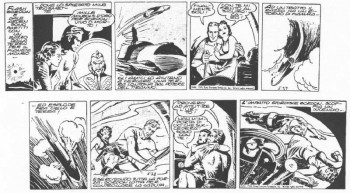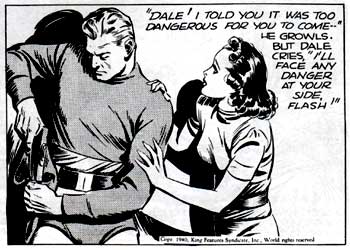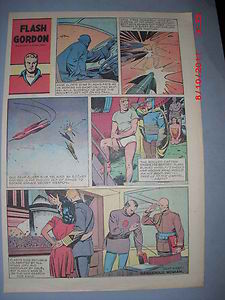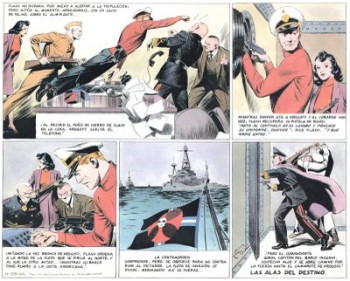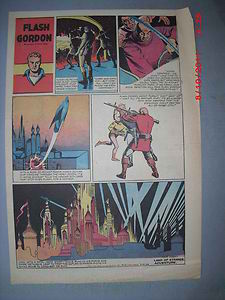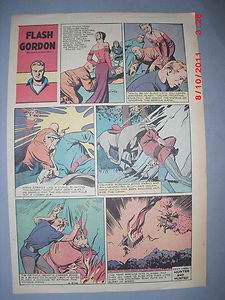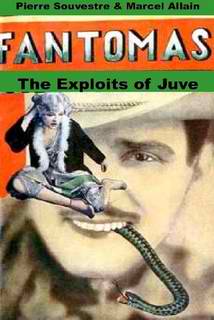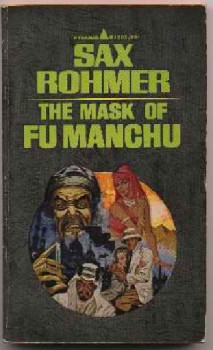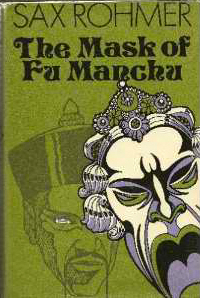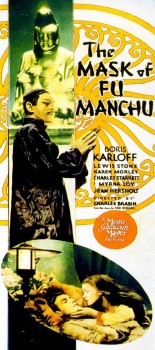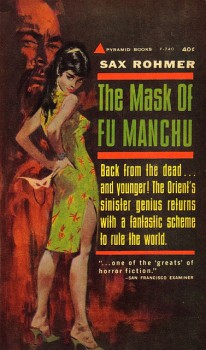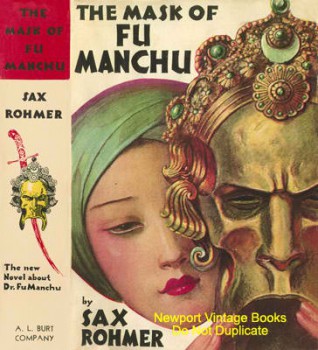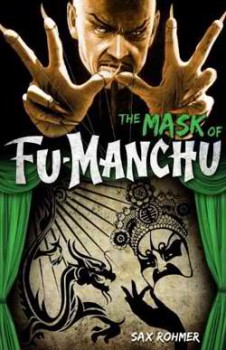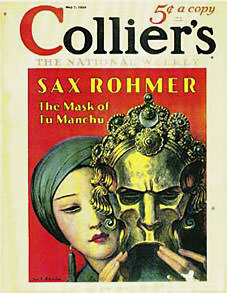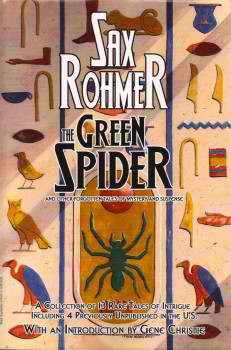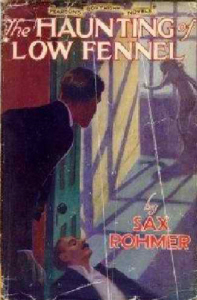The Return of Dr. Mabuse
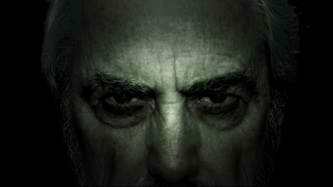 Norbert Jacques’s criminal mastermind was immortalized in three classic Fritz Lang films made between 1922 and 1960. As in the original bestselling novel, the title character in Lang’s epic 5-hour silent film, Dr. Mabuse der Spieler, served as the incarnation of post-war German decadence.
Norbert Jacques’s criminal mastermind was immortalized in three classic Fritz Lang films made between 1922 and 1960. As in the original bestselling novel, the title character in Lang’s epic 5-hour silent film, Dr. Mabuse der Spieler, served as the incarnation of post-war German decadence.
A decade later, Lang returned to the character in the classic The Testament of Dr. Mabuse, imbuing the character with an occult influence as Dr. Baum becomes obsessed with the institutionalized Mabuse to the point where he believes he is possessed by his recently-deceased patient’s spirit. Fleeing Germany shortly after the film’s completion, the Jewish Lang proudly noted that in this film, Mabuse served as a critique of the Nazi Party that had recently risen to prominence.
At the end of his career, Lang returned to the character for The Thousand Eyes of Dr. Mabuse, but the mesmerizing criminal genius was now awash with Cold War paranoia amidst a tale that painted the inexplicably reborn Mabuse as the personification of the Big Brother-style East German communist government forever spying on the people it seeks to control.
